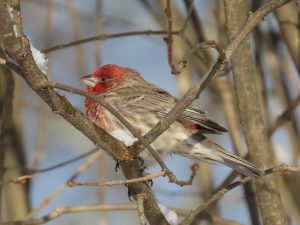
Bird of the Month: House Finch
(by Pam Hunt) As we start the winter feeder season and lead up to NH Audubon’s Backyard Winter Bird Survey (see below), I thought it’d be fun to have something

(by Pam Hunt) As we start the winter feeder season and lead up to NH Audubon’s Backyard Winter Bird Survey (see below), I thought it’d be fun to have something

(by Pam Hunt) The Blue Jay’s bright colors, loud voice, and in-your-face attitude make it one of the most familiar birds in the eastern United States. Because they are so
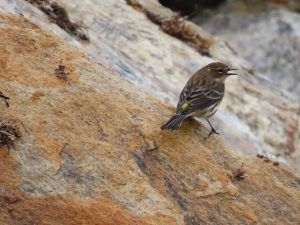
(by Pam Hunt) As fall shifts from September to October, the predominant migrant birds we see in New Hampshire shift from warbler to sparrows. Among the notable exceptions to this
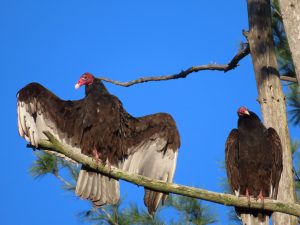
(by Pam Hunt) Turkey Vultures (Cathartes aura) are a relatively recent addition to New Hampshire’s avifauna, having expanded their range northward starting in the mid-1900s. They didn’t become regular in
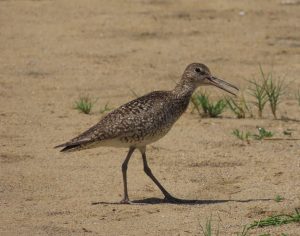
(by Pam Hunt) August is the peak month for shorebird migration, and among the hundreds of sandpipers making their way south from northern breeding grounds are a few that nested

(by Pam Hunt) If you’re paddling on one of New Hampshire’s rivers or lakes this summer, there’s a good chance you’ll hear the distinctive rattle of the Belted Kingfisher (Megaceryle
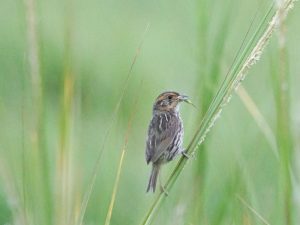
(Article by Pam Hunt. Photos by Grace McCulloch.) June 11 is “World Saltmarsh Day,” and this presents an excellent opportunity to highlight a species restricted to this habitat, perhaps more
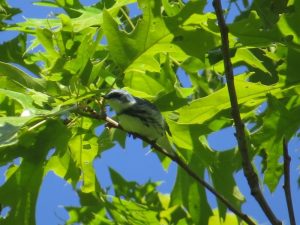
(by Pam Hunt) May is famous for the peak of spring migration in New Hampshire, particularly of warblers, and the third Friday in the month is also “Endangered Species Day.”
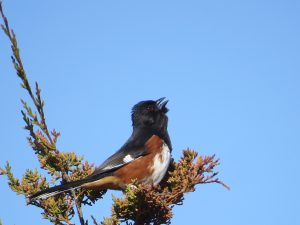
(Photos and story by Pam Hunt) The boldly marked Eastern Towhee (called the Rufous-sided Towhee before being split into eastern and western species) is New Hampshire’s largest member of the
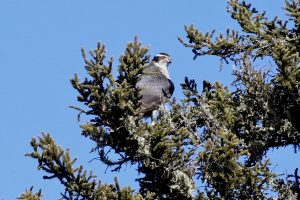
(by Pam Hunt) The goshawk is the least common of North America’s three accipiters, or “bird hawks.” In contrast to their smaller relatives, the Cooper’s and Sharp-shinned hawks, goshawks also